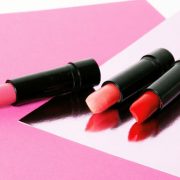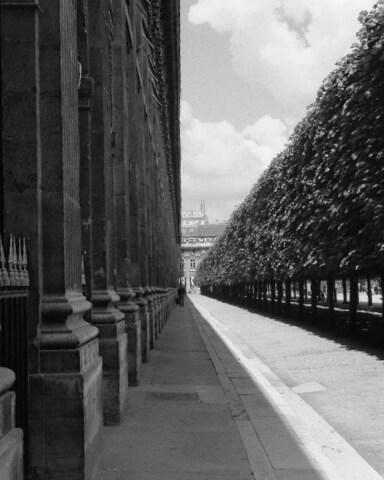SIMPLE TRAINING FOR THE FASCIAE, MORNING AND EVENING
Anyone who has known GloriousMe for a while knows that we only recommend things that we have tried and kept ourselves because they have convinced us.
Get out of your shoes
At last there is more sunshine again. The best time to ditch your shoes and go barefoot. Because nothing is healthier and trains the whole body better than walking barefoot. The training works best when we walk on different surfaces: The soft grass, the wooden planks of a footbridge, smooth parquet flooring, rough patio stones or strenuous pebbles in a riverbed.

Foot experts like Carsten Stark believe that any surface is better for our feet than sneakers or so-called “health shoes”. Hard and rough stimulates the soles of our feet and therefore the whole body – cushioning promotes misalignments and damage to the musculoskeletal system. If you would like more tips and suggestions, we recommend his many tips in “Feet good, everything good”.
Realistically, walking barefoot is only possible on a few days, even in summer. For all other days, there is a fascia ball that you can use to train in the bathroom every morning and evening. As just two minutes of training per foot has an effect, it is ideal for combining with brushing your teeth.
Noticeable from the very first second
The training is very simple: simply place the ball under the sole of your foot and roll calmly along the entire sole of your foot – forwards and sideways. Stay longer where it hurts.
From the very first second, you can feel the pressure of the ball’s spikes on your spine all the way to your head. This is due to the important muscle cord that extends from the toes over the sole of the foot, up the legs, left and right along the spine to the brain. The training impulse works via the fasciae that envelop this muscle cord, as well as all the organs.
Anyone who has had a good foot reflexology massage will be familiar with the feeling that certain points on the sole of the foot, whose numerous fasciae are connected to certain organs, hurt more or less when these organs are not working at full capacity. With the ball, you can also feel these points and positively influence the blood flow to the fascia surrounding the muscles and organs.
Feeling the pressure and the positive feeling of gently working on these points with the ball is extremely beneficial. Your head and eyes feel clearer. Training with this small ball helps you to concentrate in the morning and relax in the evening in equal measure.

Yoga and the lacrosse ball
Some may already be familiar with the lacrosse ball from yoga training. The hard rubber ball, whose name is derived from the sport of lacrosse, which is very popular in Canada, is sometimes used in yoga to demonstrate the effect of rolling the ball under the sole of the foot. The forward bend in yoga, the beginning of the sun salutation, is performed and then the lacrosse ball is rolled under the sole of the foot for a few minutes.
The subsequent forward bend is usually easier and is attributed to the fact that rolling with the lacrosse ball has loosened the fascia and muscles along the important foot-back-head muscle cord and improved its blood circulation and oxygen supply.
The rubber ball with the spikes has an even more intensive massage effect.
 © Alamy Stock Photo
© Alamy Stock Photo
Fascination fasciae
The scientific study of fascia is still relatively new. It was only with the latest ultrasound devices that fasciae and their effects became visible and measurable and therefore acceptable to conventional medicine. Sebastian Kneipp, who recommended treading water, knew about the effect, but was not yet able to prove it scientifically.
Fasciae form a network throughout the body. They surround the muscles and all organs, fill the spaces between them and play a major role in the performance of the muscles and organs.
The contraction and relaxation of the fascia is important for the functioning of the muscles, the coordination of the body and all organs. They need stimuli to do this. Tangled fascia leads to pain. Training the fascia to break it up again and make it more elastic makes a lot of sense.
The Italian orthopaedic surgeon and professor of human anatomy and movement sciences at the University of Padua, Carla Stecco, has focused her research for many years on fascia and its role in the healthy functioning of our body. Her “Atlas of the human fascial system” is now a standard work.
The renowned scientific publisher Elsevier has added two interesting popular science videos to the page where you can order this book. A sports scientist and a fascia researcher from the University of Ulm explain the effect of fascia in a dialog. Rating: Worth seeing.
 © Alamy Stock Photo
© Alamy Stock Photo
However, if the sun is shining, our recommendation is to use the link for a rainy day, take off your shoes and walk barefoot. The easiest and best training for your sensorimotor system. Further tips for beautiful, well-groomed feet can be found in this earlier article by GloriousMe.
#Advertising #ProductPlacement #IndependentRecommendation #BecauseWeLoveIt
Cover picture © GloriousMe 2025




